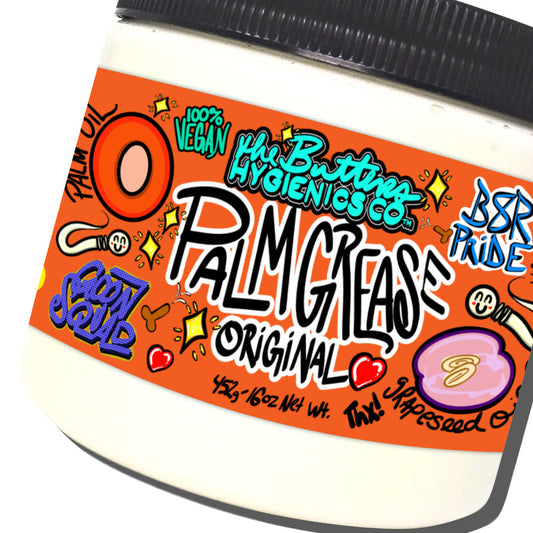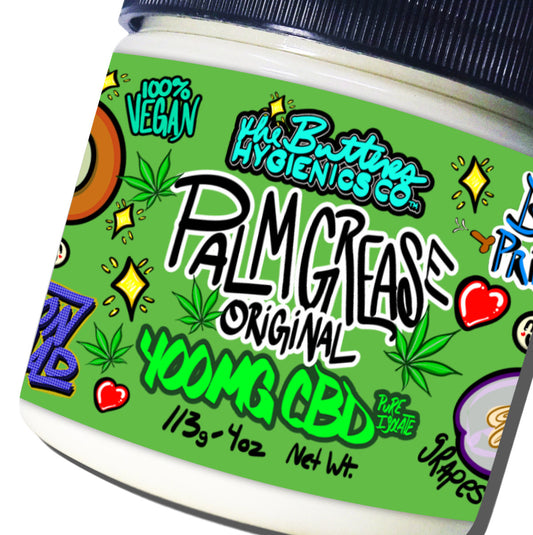
The Hidden Scars: A History of Medical Exploitation of LGBT People in America
Share
A Grim Prelude: Understanding the Past to Shape a Better Future
The history of medical exploitation of LGBT people is a dark chapter in the annals of healthcare—a tale often buried in the archives but crucial for understanding the struggles and resilience of this community. Buckle up, folks, as we dive into this murky past to shed light on how far we've come and how far we still have to go.
The 19th Century: The Birth of Pathologizing Sexuality
The 19th century was a time when the medical community first started to pathologize sexuality. Homosexuality was classified as a mental disorder, a stance championed by psychiatrists like Richard von Krafft-Ebing. His seminal work, Psychopathia Sexualis, lumped same-sex attraction with all sorts of bizarre sexual behaviors, painting a picture of deviance that would haunt LGBT people for decades.
The Early 20th Century: Conversion Therapy and Eugenics
Fast forward to the early 20th century, and things didn't get any better. Conversion therapy reared its ugly head, with practitioners claiming they could "cure" homosexuality through dubious means like electroshock therapy, chemical castration, and aversion techniques. The Eugenics movement also played a role, with some arguing that LGBT people should be sterilized to prevent them from passing on their "defective" genes.
Mid-20th Century: Castration and Institutionalization
The mid-20th century saw some of the most brutal and dehumanizing treatments for homosexuals. Castration, both chemical and surgical, was employed as a method to "cure" homosexuality. This was not only a violation of bodily autonomy but also a profound act of violence against the LGBT community.
One of the most notable victims of chemical castration was Alan Turing, the father of modern computing and a war hero who helped break the Nazi Enigma code during World War II. In 1952, Turing was prosecuted for homosexual acts, then illegal in the UK, and was given the choice between imprisonment and chemical castration. He chose the latter and underwent a year of hormone therapy, which had devastating effects on his physical and mental health. Turing's tragic fate serves as a poignant reminder of the cruelty faced by many during this time.
The Stonewall Uprising: A Turning Point
The Stonewall Uprising of 1969 was a watershed moment, marking the birth of the modern LGBT rights movement. While not directly tied to medical exploitation, it highlighted the systemic oppression faced by LGBT people, including within the medical establishment. This event sparked a wave of activism that would eventually lead to significant changes in how the medical community approached LGBT health.
The AIDS Crisis: From Neglect to Activism
The 1980s and 1990s were dominated by the AIDS crisis. The initial response from the medical community and the government was one of neglect and indifference, leading to thousands of unnecessary deaths. Activist groups like ACT UP fought tirelessly to change this, advocating for better research, treatment, and respect for those affected.
Modern Era: Progress and Continuing Challenges
Today, the medical exploitation of LGBT people is less overt but still present. Issues like healthcare discrimination, lack of proper medical training on LGBT issues, and barriers to accessing care remain significant challenges. There's also growing concern that the modern Gender Affirmation Model might not be the best protocol for gender dysphoria treatment. However, there is hope. The declassification of homosexuality as a mental disorder by the American Psychiatric Association in 1973 was a pivotal moment. Increased visibility and advocacy have led to better healthcare policies and practices.
Conclusion: Learning from the Past
Understanding the history of medical exploitation of LGBT people is not just about acknowledging past wrongs but about ensuring they are never repeated. It's about advocating for a future where everyone, regardless of their sexual orientation or gender identity, receives the respectful and dignified care they deserve. Let's keep pushing forward, armed with the knowledge of our history and the determination to build a more inclusive future.
Remember, folks, knowledge is power, and together, we can make sure that the ghosts of the past stay exactly where they belong—in the past.
Read: My Proposal Improved Gender Dysphoria Treatment Plan
Bibliography
- Krafft-Ebing, Richard von. Psychopathia Sexualis: With Especial Reference to the Antipathic Sexual Instinct: A Medico-Forensic Study. F.A. Davis Company, 1894.
- Turing, Alan. "The Chemical Castration of Alan Turing." The Journal of Sexual Medicine, vol. 8, no. 10, 1952, pp. 2769-2773.
- Bailey, James. The Man Who Knew Too Much: Alan Turing and the Invention of the Computer. W.W. Norton & Company, 2006.
- Duberman, Martin. Stonewall. Penguin Books, 1994.
- ACT UP (AIDS Coalition to Unleash Power). Silence = Death: ACT UP and the Lessons from AIDS Activism. The MIT Press, 2020.
- Bayer, Ronald. Homosexuality and American Psychiatry: The Politics of Diagnosis. Princeton University Press, 1987.
- Cohen, Stanley. The Gay Liberation Youth Movement in New York: "An Army of Lovers Cannot Fail". Routledge, 2007.
- Shilts, Randy. And the Band Played On: Politics, People, and the AIDS Epidemic. St. Martin's Press, 1987.
- Hoffman, Richard. "Medical Atrocities: The Treatment of LGBT People in the Twentieth Century." Journal of LGBT Health Research, vol. 4, no. 2, 2008, pp. 57-72.
- Stryker, Susan, and Aizura, Aren Z. The Transgender Studies Reader 2. Routledge, 2013.
- D'Emilio, John. Sexual Politics, Sexual Communities: The Making of a Homosexual Minority in the United States, 1940-1970. University of Chicago Press, 1983.
- Foucault, Michel. The History of Sexuality: An Introduction. Vintage Books, 1990.
- Williams Institute. "Conversion Therapy and LGBT Youth." Williams Institute, June 2019. Link (Williams Institute).
- History.com Editors. "Gay Conversion Therapy's Disturbing 19th-Century Origins." History.com, Link (The HISTORY Channel).
- Ens, Andrea. "If it's Ineffective and Harmful, Why is Gay Conversion Therapy Still Around?" History News Network, 2023. Link (History News Network).
These sources provide a comprehensive look into the historical exploitation of LGBT people within the medical community, documenting key events, figures, and shifts in societal and medical attitudes.




